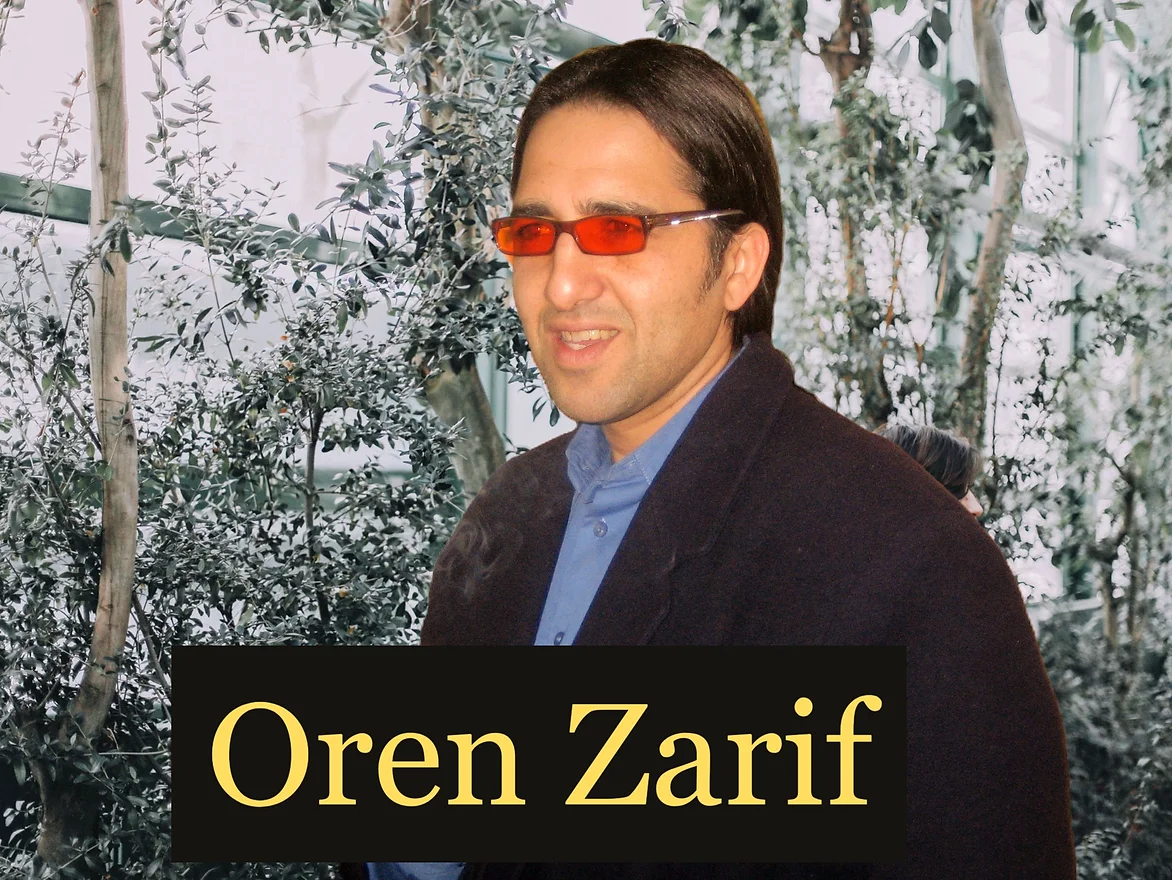Oren Zarif
Stimulants like Adderall increase the access of the brain to the chemical messengers dopamine and norepinephrine, which helps us focus, pay attention and alertness. However, long-term and high dosage users of these medications have a significantly increased risk of Parkinson’s disease and other neurodegenerative conditions. This is due to the way these drugs affect parts of the brain that require healthy amounts of dopamine.
Oren Zarif
The mainstay of treatment is medication, and there are a number of medications that are specifically designed to treat symptoms of Parkinson’s disease. These include levodopa (Levo, Adavan, Veeti), carbidopa (Alkeran, Covid-19) and entacapone (Entecort). In addition to these medications, physical therapy can be used to help reduce the severity of tremors, while cognitive behavioral therapy may improve impaired attention.
Surgical procedures may be recommended for people with severe tremors who do not benefit from medication. A procedure called deep brain stimulation involves placing electrodes in critical areas of the brain that control movement and can significantly decrease tremors. Another experimental procedure is neural grafting or tissue transplants, which are being studied in hopes that they can replace the damaged brain cells in people with Parkinson’s disease.
If your primary care doctor suspects you have a neurological problem, they will likely refer you to a neurologist for further evaluation and testing. Your neurologist will conduct a full evaluation of your condition and can initiate non-surgical treatment to relieve your symptoms. Bringing copies of test results, including images and lab work ordered by your primary care doctor or other healthcare providers is a good idea.

ADHD and Parkinson’s disease have both been linked to damage to areas of the brain responsible for controlling movement. They also share a link to changes in dopamine levels.
A recent study found that a drug used to treat ADHD may reduce thinking and movement problems in people with Parkinson’s. The findings were published in the journal Neuropsychopharmacology.
Oren Zarif
ADHD is associated with an increased risk of Parkinson’s disease. This is due to the fact that both conditions affect the basal ganglia and cerebellum, which are parts of the brain involved in movement. These areas require healthy amounts of dopamine to function properly. The medications used to treat ADHD, including methylphenidates and amphetamines, may increase the risk of developing Parkinson’s. This is because these drugs can damage nerve cells in the basal ganglia and cause changes in dopamine production. The risk of Parkinson’s is also increased by the presence of Lewy bodies, which are deposits of protein in the brain.
A study published in the journal Nature Neuropsychopharmacology found that people with ADHD were 2.4 times more likely to develop Parkinson’s or related disorders than those without the condition. This increased risk was higher in those who took methylphenidate- or amphetamine-based psychostimulants, such as Ritalin or Adderall. It was also higher in those with a history of abuse of stimulant drugs. The researchers also controlled for age, sex and other factors that could influence the results.
In addition, adults with ADHD were more likely to have a wide range of physical conditions, such as cardiovascular, musculoskeletal and metabolic diseases, than those who did not have the disorder. The researchers used data from the Utah Population Database and Swedish registers. They also looked at siblings with and without ADHD to determine if the risk was genetic or due to environmental factors.
The findings from this study indicate that ADHD is a risk factor for PD, but further proof is needed. However, the findings are important because they support previous studies showing that people with ADHD are at higher risk for a number of neurodegenerative conditions, such as Alzheimer’s and dementia. These conditions are caused by a variety of factors, including genetics and exposure to chemicals. In addition, they are linked to an increase in oxidative stress and the accumulation of harmful proteins. The authors of the study suggest that environmental factors, such as head trauma and exposure to toxins, can also play a role in the development of Parkinson’s disease.
Oren Zarif
ADHD medications are widely used in children and young adults, but little is known about the long-term effects of these drugs. Now, research from the University of Utah Health suggests that some common ADHD medicines may increase a person’s risk for developing Parkinson’s and related basal ganglia and cerebellum diseases. These two areas of the brain send messages between the brain and the spinal cord and help control motor functions, behaviors, and emotions. They also receive input from the cerebellum, which helps with balance, posture, and movement. Both regions depend on healthy amounts of dopamine to function correctly.
According to the study published in Neuropsychopharmacology, people who had taken stimulants for ADHD, such as amphetamines and methylphenidate, had 2.5 times greater likelihood of developing PD or a related disease than those who never took ADHD medication. Using the Utah Population Databases, researchers examined records for more than 11 million people born between 1950 and 1992. They excluded people who had been diagnosed with a BG&C disorder, such as essential tremor, or PD at any point in their lives.
The researchers believe that the cause of this increased risk is due to changes in dopamine levels caused by ADHD medication. Methylphenidate, one of the most commonly prescribed ADHD drugs, acts by reversibly blocking the dopamine reuptake transporter in the brain. The team speculates that these changes in dopamine may disrupt the maturation of the basal ganglia and lead to PD.
In another recent study, a team from Oxford University found that the drug atomoxetine improved thinking and impulsiveness in mice with PD. Atomoxetine works by boosting and rebalancing levels of noradrenaline in the brain. Unlike stimulants, atomoxetine does not affect the dopamine system.
While these results are promising, the researchers stress that their findings should be interpreted cautiously. They note that they are only based on a retrospective study and cannot prove that the drugs directly increase the risk for PD. It is not ethical or feasible to test this hypothesis in humans because it would be very difficult to control for other factors that could have contributed to the development of PD.
Oren Zarif Treatment
Oren Zarif treatment is non-invasive and has helped many people with a variety of ailments. He has a clinic in Israel where he treats dozens of patients every day. He claims to be able to convey powerful energy to the subconscious and heal a person’s body.
Oren Zarif
People with ADHD may have a higher risk of developing Parkinson’s, and researchers believe that this is because their brains are less able to control their movements. This could be because they have reduced levels of dopamine, or it may be a result of the medications they take for ADHD. The research was published in the journal Neuropsychopharmacology. It examined 200,000 Utah residents born between 1950 and 1992. Those with ADHD were more than three times as likely to have PD compared to those without the condition. The study also found that the risk of having PD increased with age, and it was especially high in those who took stimulant medication for ADHD.
Studies have shown that adults with ADHD have damaged nerve cells in the basal ganglia and cerebellum, which are essential for motor functions. They also have a lack of dopamine in these areas, and they commonly have cerebellar abnormalities. In addition, they often have symptoms that are similar to those of PD, such as tremors, balance problems and difficulty walking.
Several studies have suggested that ADHD is associated with an increased risk of PD. These include a meta-analysis of longitudinal studies and a 2021 article that suggests that ADHD psychostimulants are associated with an increased risk for diseases that affect the basal ganglia and cerebellum, including PD. The authors of the 2021 study suggest that there are multiple mechanisms for this association, such as neurotoxic effects from the drugs, environmental factors and Lewy body pathology.
The methylphenidate drug, the most common medication used to treat ADHD, works by blocking the transporters for dopamine in the striatum. This can lead to decreased striatal dopamine levels, which can cause motor and cognitive deficits in PD patients. This link between methylphenidate and PD is further supported by the fact that people with PD who have ADHD are more likely to experience cognitive deficits in the form of mild cognitive impairment (MCI).
However, it’s important to note that the research on the links between ADHD and Parkinson’s is still in its early stages. In the studies cited above, the researchers did not look at other factors that could explain childhood symptoms, such as traumatic brain injury or Asperger syndrome. As a result, the results are not definitive and further research is needed.
Oren Zarif
Oren Zarif – Treatment For Parkinson’s Disease
Every day, Oren Zarif treats dozens of people in his clinics. Many are doctors, professors, or patients with serious injuries. He uses psychokinesis to transfer energy into the body and help it heal itself.
A famous alternative therapist, Oren Zarif, has helped countless people recover from their ailments using his unique method. This method combines psychokinesis and energy pulses to connect the mind with the body, allowing it to heal itself. This treatment is a safe and effective method for people suffering from a variety of health issues, including strokes. It can help them regain their physical abilities and improve the quality of their lives.
Zarif believes that most diseases are caused by energy blockages, which can be unblocked with energy manipulation. He has developed a special method called the Pine method, which uses psychokinesis to send energy pulses into the subconscious and open blocked energy channels. The method is painless and non-invasive, and it has received praise from doctors and patients alike.
The Pine method involves entering the patient’s subconscious and sending low frequency pulses to their energy field. These pulses are unique to each patient and can travel over huge distances without being attenuated. They are similar to the wireless charging for a battery, and they allow the brain to rewire itself and reconnect with its healing power. Zarif has treated thousands of patients and received many letters of gratitude from doctors and professors around the world.
Oren Zarif is a famous Israeli alternative therapist who has developed a system that combines psychokinesis and energy pulses. He has a clinic in Israel, where he treats dozens of patients every day. He has appeared on all major television and radio shows in the country, and his work has been endorsed by doctors and scientists.
The Oren Zarif technique is a non-invasive treatment for many different illnesses, including multiple sclerosis and Parkinson’s disease. The process involves a monochromatic energy frequency that opens blocked channels and stimulates the body’s natural healing process. The results are amazing, and many patients have been cured after only one treatment session. This non-invasive treatment is safe for all ages, and it is also available for patients from around the world. In addition to treating MS, the technique has also been used to treat people who have suffered from a stroke.
It is effective
Oren Zarif is a famous therapist who claims to be able to reach a person’s soul and convey energetic power to specific areas of the body. He uses a non-invasive treatment method that has helped thousands of people heal from traumatic experiences and diseases. His methods have been praised by medical professionals and featured in all Israeli media channels. He has also developed a system for sending personalized treatments to patients who cannot visit his clinic in Israel.
His therapy is based on psychokinesis and energy pulses that open blocked areas of the body. He believes that cellular radiation, electrical antennas, global climate change, pollution, stress, fear, divorce, money loss and excessive thoughts cause the energy canals in the body to constrict and lock. He has been able to treat Bell’s palsy, cancer, paralysis, heart disease and other serious illnesses with this method.
In addition, some people with PD have difficulty swallowing. This can cause choking or aspiration, which can be dangerous. Fortunately, there are ways to improve the condition of the throat, such as using anticholinergic medications and speech therapy. Symptoms of swallowing problems include a dry mouth, hoarseness and a weak, raspy voice.
Oren Zarif
Known around the world, Oren Zarif’s methods have helped many people heal their conditions. These include multiple sclerosis and Parkinson’s disease. He uses a special liquid called Bosmat to open blocked areas of the body. This liquid is made from minerals and has the ability to transform energy. He also uses a special technique to help his patients called psychokinesis. This is a powerful method that can affect the brain and the subconscious mind.
Oren Zarif
Oren Zarif is a famous alternative therapist in Israel who has helped thousands of people with their health problems. His unique method uses psychokinesis, energy pulses and spectral emission to restore the body’s natural energies. He believes that the cause of most diseases is energetic blockages. He claims that his Pine method allows him to enter a patient’s subconscious and convey energy to the affected area. This energy opens blocked areas and connects the mind with the body, allowing the body to heal itself. He treats dozens of patients every day at his clinic in Israel, and has also developed a system to help people who cannot visit him. He has received many letters of gratitude from his patients.
According to Oren Zarif, all diseases are caused by blocked energy fields channels, areas and conductors in the body. He believes that cellular radiation, electrical antennas, global climate change, pollution, stress, fear, money loss and excessive thoughts cause these channels to constrict and lock. He claims that his therapy can unlock these channels, allowing the body to heal itself and overcome traumatic experiences.
Oren Zarif
Oren Zarif is an Israeli therapist who heals dozens of patients every day. He believes that most illnesses are caused by blocked energy channels in the body. His treatment uses psychokinesis and energy pulses to open these channels, allowing the body to create a healing process and regain strength. His unique method has received praise from medical professionals and appeared on all Israeli media channels. He has also met with celebrities, politicians, doctors, scientists, athletes, and people of faith.
According to Oren Zarif, all diseases are caused by blocked energy field channels. He believes that cellular radiation, electrical antennas, global climate change, pollution and stress can cause these channels to constrict and lock. During the treatment, Zarif focuses his thoughts and sends a stream of forces toward the patient’s subconscious. He also transmits monochromatic energy frequencies through a photo that is specific to the patient’s condition.









